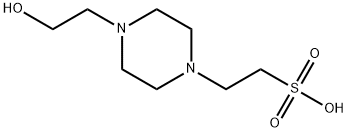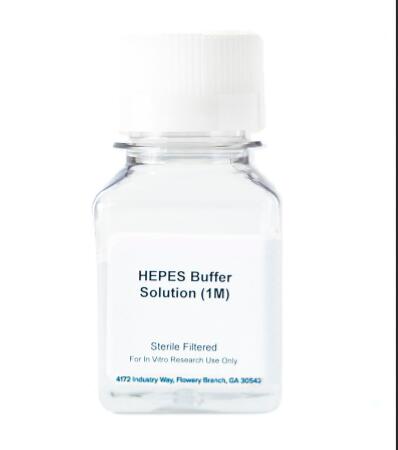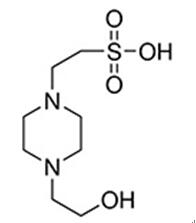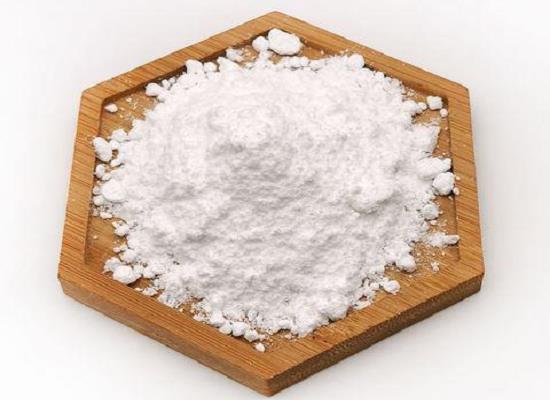HEPES: Chemical Properties and Applications in Cell Culture
4-Hydroxyethylpiperazineethanesulfonic acid (HEPES) is an important zwitterionic buffer with good buffering capacity in the pH range of 6.8-8.2 and can control the constant pH for a long time. The concentration used is 10-50mmol/L. Generally, the culture medium contains 20mmol/L of 4-Hydroxyethylpiperazineethanesulfonic acid, which has good buffering capacity and is non-toxic to cells.
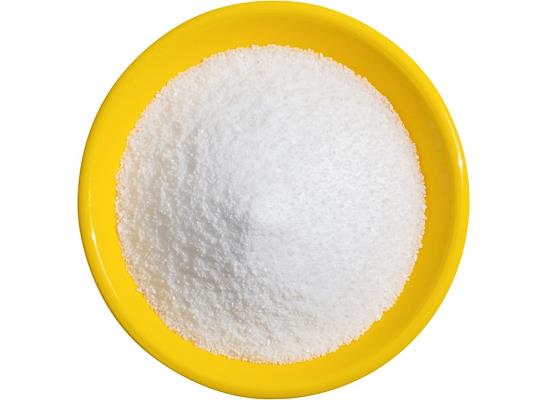
Figure 1. HEPES
1. Application in the field of cosmetics
HEPES can balance the acidic substances in the cosmetic stock solution. As an active agent, it can make the anti-aging effect of the product more lasting; as an exfoliant, it softens the keratin and promotes cell metabolism; as a penetration enhancer, it promotes the transdermal absorption of various functional ingredients in cosmetics.
HEPES is rated as Level 1 by the US EWG (Environmental Working Group) and is a green-level safe ingredient. It is safe and non-toxic, has good physiological compatibility, is very stable to human chemical properties, and has the characteristics of short onset time, small dosage, and fast penetration speed compared with azone penetration enhancers.
2. Application in detection kits
Patent CN103149370B introduces a lipoprotein (a) detection kit, including three parts: reagent R1 (HEPES buffer system), reagent R2 (polystyrene latex particle mixture) and reference calibrant. The specific components of the HEPES buffer system are: 1.5g/L HEPES, 9g/L sodium chloride, 0.2ml/L Tween-20, 1g/L bovine serum albumin, 10g/L polyethylene glycol-6000, 2.9g/L EDTA, 0.9g/L Proclin300. Under standard preparation, reagent R1 is 100mM HEPES buffer (pH7.5).
3. Application in cell culture medium
Patent CN102827804A introduces the application of HEPES in cell culture medium, which is mainly composed of 7 parts, namely: vitamins, lipids, amino acids, inorganic salts, protein hydrolysates, buffer components and additives. The buffer components are sodium bicarbonate and HEPES.
Related articles And Qustion
Lastest Price from HEPES manufacturers
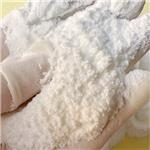
US $5.00-2.00/KG2025-06-10
- CAS:
- 7365-45-9
- Min. Order:
- 1KG
- Purity:
- 99%
- Supply Ability:
- 10000kg
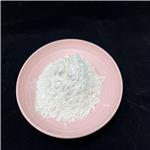
US $10.00/KG2025-04-21
- CAS:
- 7365-45-9
- Min. Order:
- 1KG
- Purity:
- 99%
- Supply Ability:
- 10 mt
